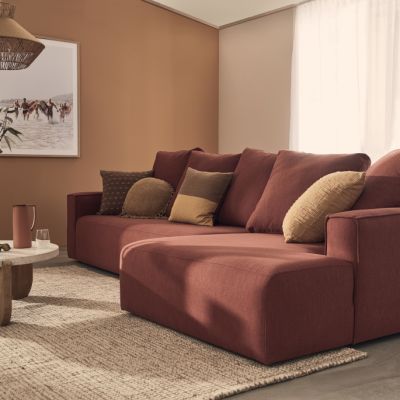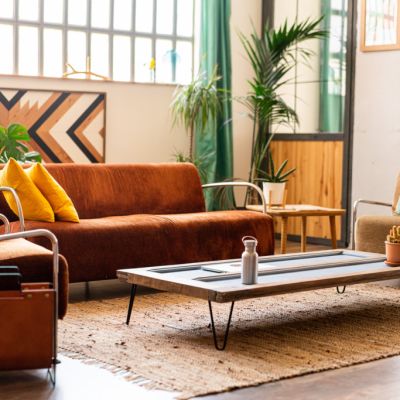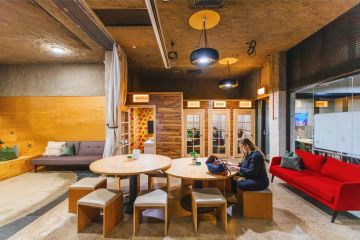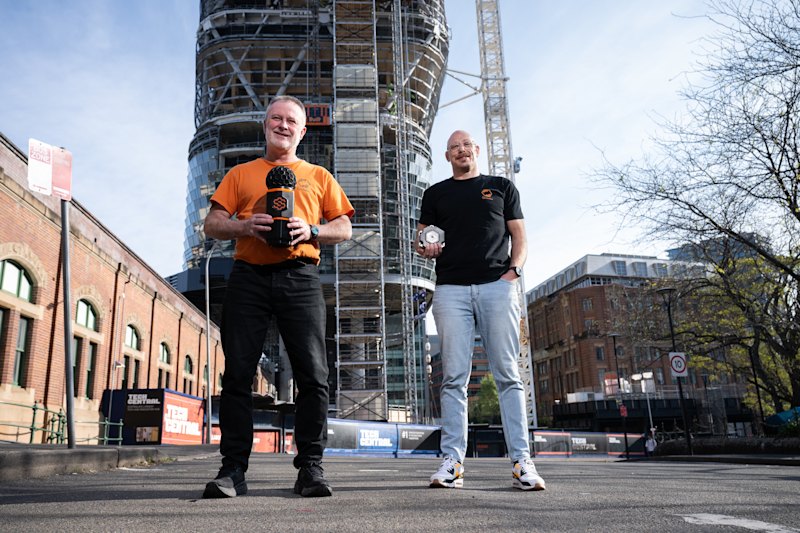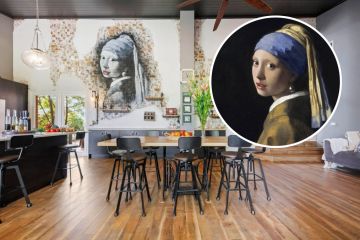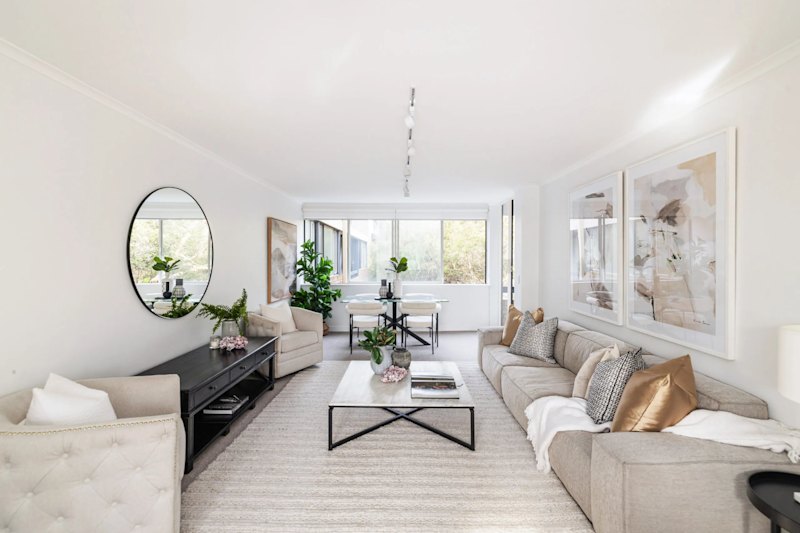The homeware items you should splurge and skimp on
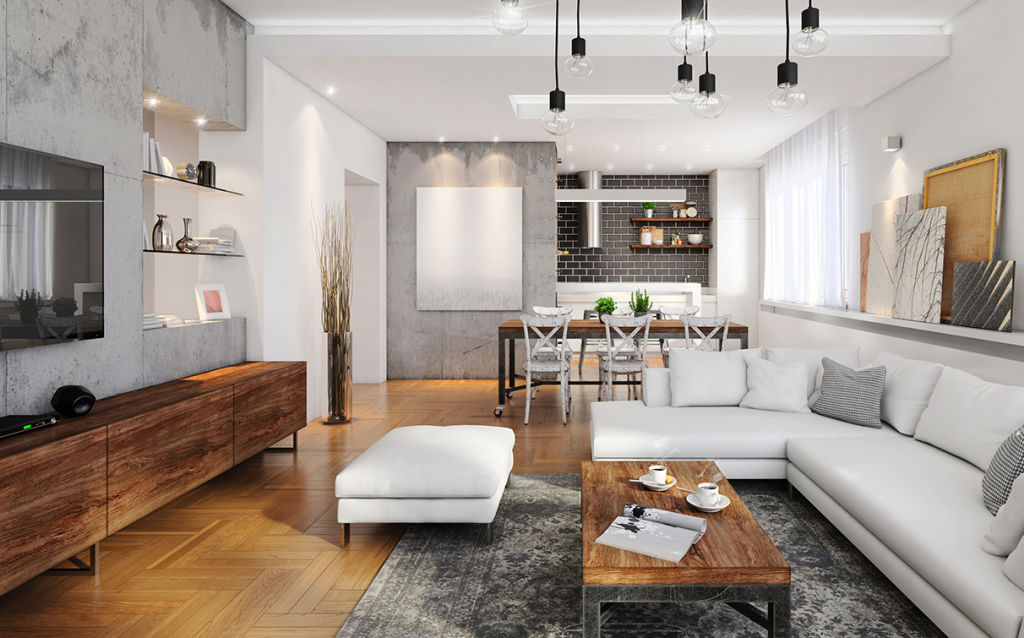
It’s certainly true that our homes say much about our way of life, style and taste.
There’s no doubt, too, that when it comes to options in the tantalising world of interiors, the sky’s the limit. If not, that is, for the one thing that can bring us down to earth with a resounding thud – our budget.
For this reason, it’s reassuring to know that some homeware pieces are well worth the investment – furnishings set to stand the test of time both from a design and durability perspective. Other items, however, can comfortably be bought at a far more economical price level.
But how do we know when to splurge and when to skimp? To find out, we asked several of Australia’s top style experts for their views. And their responses may come as quite a surprise.
Go all out when it comes to art
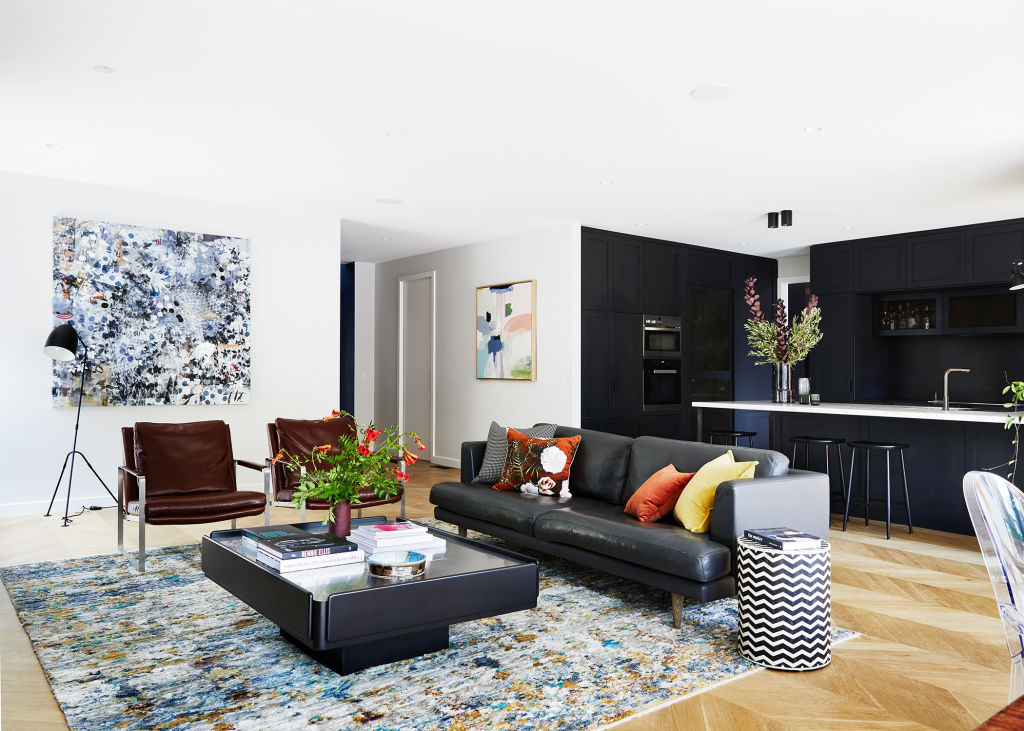
According to interior designer Wendy Davey, principal of Cranberry Design, a scene-stealing work of art always justifies the spend.
“To really set a room apart, I’d splurge on a fabulous piece of artwork,” she says, adding: “especially if the areas are designed around it and the art is mounted on the right wall with the right tones and right feel.”
On the other hand, says Davey, there are fixtures and finishes on which considerable savings can sensibly be made.
“I’d skimp on bathroom floor tiles,” she says. “These days, you can get some fantastic-looking floor tiles for next to nothing, and there’s always something beautiful in a bathroom to draw your eye away from the floor.
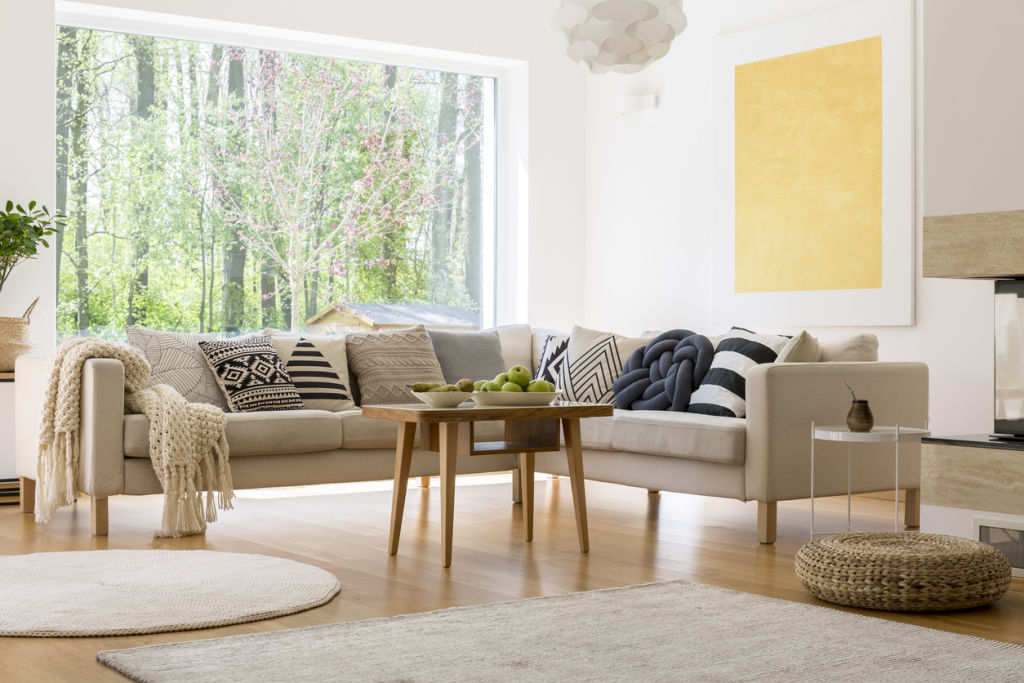
“I’d also skimp on internal door handles, such as door levers and sliding door pulls. You can get some lovely basic options from Bunnings and door hardware shops in black, white, bronze and chrome. They work just as well as a super expensive door handle.”
Lauren Li of Sisalla Interior Design is in full agreement with Davey when it comes to artwork.
“Usually, the typical decorating opinion is to splurge on a large item like the sofa and to find budget-friendly artwork and decor,” she says.
“I actually believe that flipping this idea is a better way to approach decorating. Investing more on artwork and decor items can transform and elevate an entire space.”
As Li says, the options are plentiful when it comes to affordable sofas. That said, she imparts a sage piece of advice – try before you buy.
“I’d recommend testing them out because comfort varies widely,” she says.
“When you opt for a budget-friendly plain sofa, you can also set aside some budget to transform the whole space by layering artwork, rugs, cushions and handmade ceramic pieces that give the space loads of personality to look warm and ‘pulled together’.”
Don’t leave lighting until last
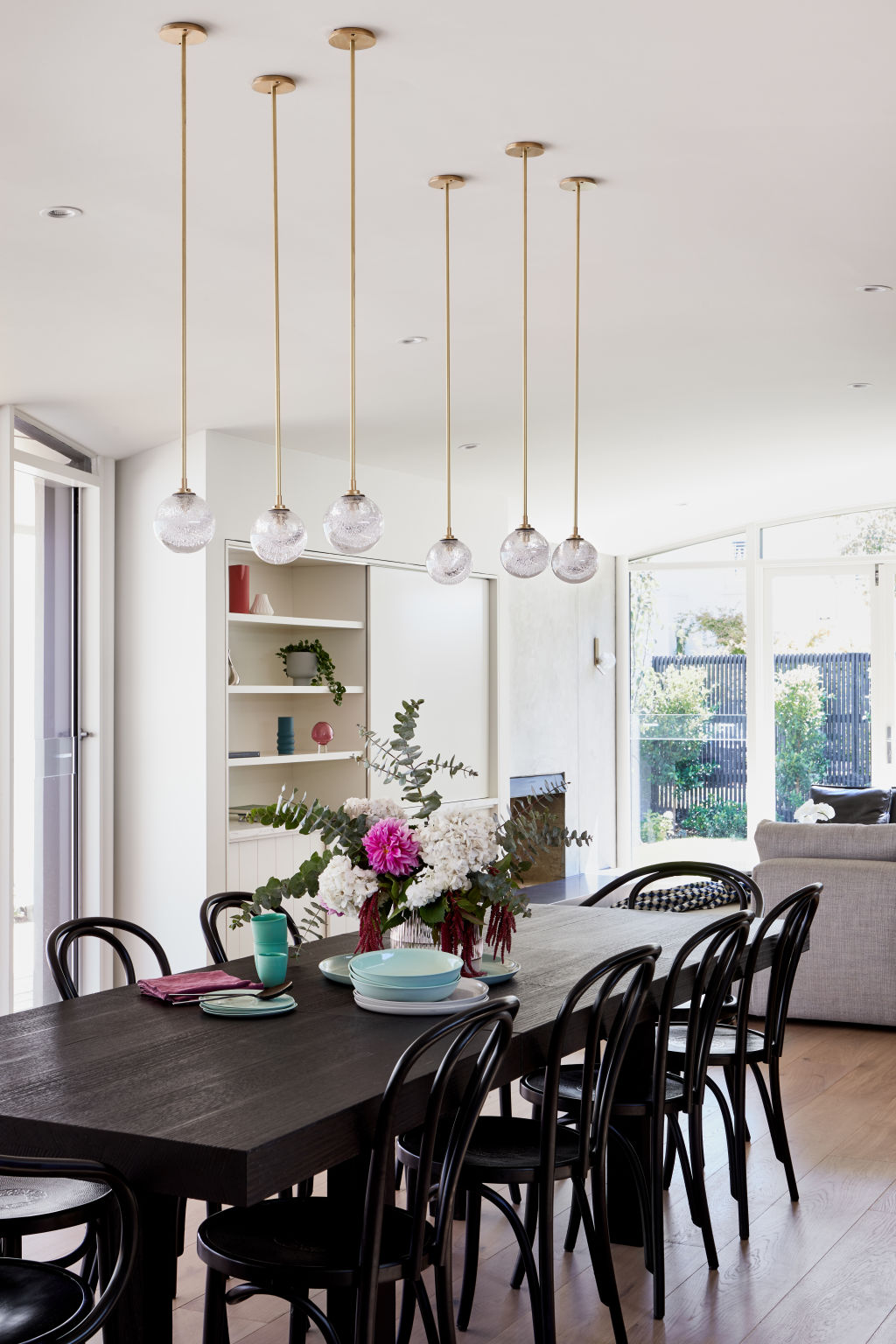
All too often, light fixtures can be an afterthought when it comes to the makeover budget. And that’s an interior crime, according to Sarah Elshaug, creative director of The Retreat Stylist.
“Lights can instantly change the feel of a space with the flick of a switch, creating a dramatic focal point by day or a moody shadow-play by night,” says Elshaug.
“Illuminating your home with considered light fittings to create ambient, accent or task lighting will add a whole lot of impact to how you feel in your space.”
As a case in point, Elshaug references the scene-stealing lighting showcased in her project affectionately known as “The Curved House”.
“The Curved House features a bespoke arrangement of Fizi pendants by Articolo Lighting, selected for their stunning hand-blown glass that casts a dramatic speckled shadow,” she says. “The clustered arrangement provides an elegant focal point over the dining table, while enhancing the beauty of the curved ceiling.”

Jasmine McClelland of Jasmine McClelland Design believes in splashing out on a feature armchair.
“A good chair really can become the centrepiece of a room,” she says.
“It can be sculptural, dramatic, quirky or subdued. You can play around with textures, forms and materials – and find iconic designs that are really worth investing the money in.
“Not only are chairs important for their visual statement, they’re something that you physically interact with, and their comfort and support only enhances their value as a furniture item.”
Conversely, McClelland believes it’s not necessary to spend a small fortune on a side table.
“They’re small and subtle enough to fade back into a room,” she says. “Instead, create more surfaces for books, lamps, plants and ceramics – all of the items that show off your personality and style.”
We recommend
We thought you might like
States
Capital Cities
Capital Cities - Rentals
Popular Areas
Allhomes
More

